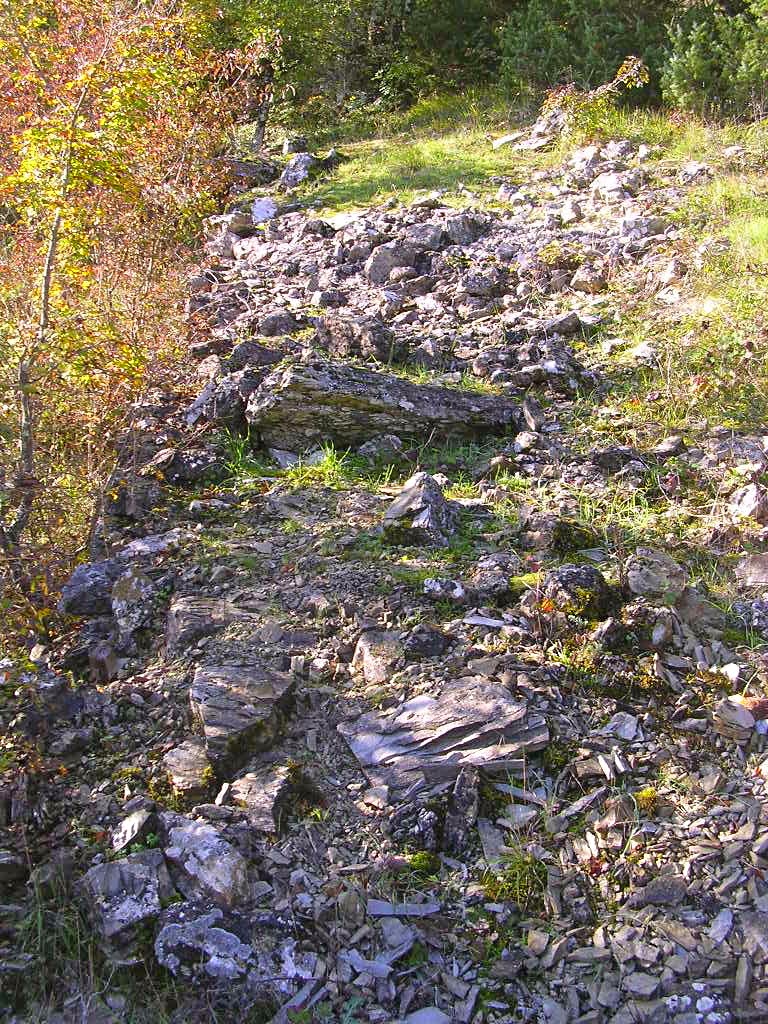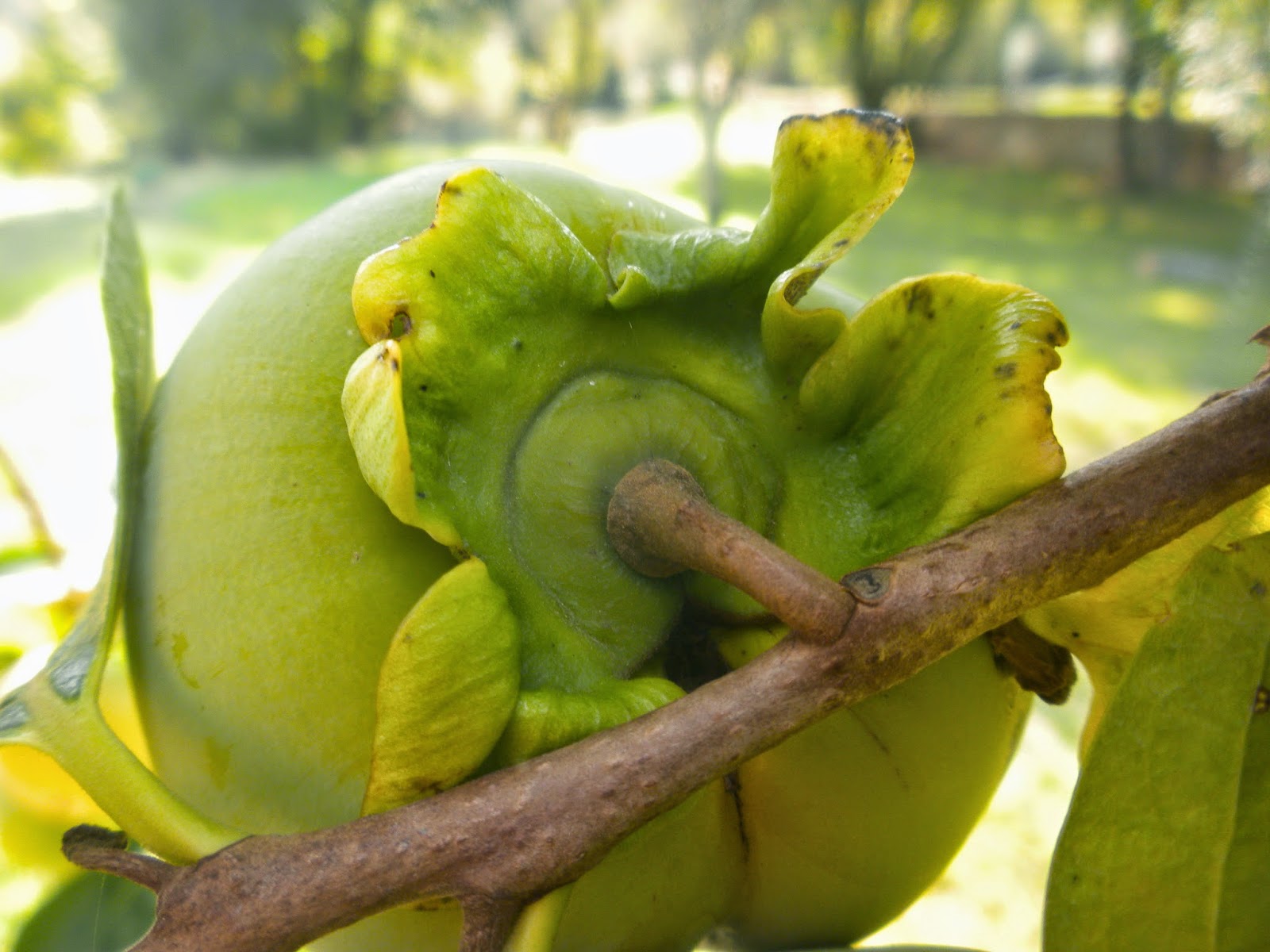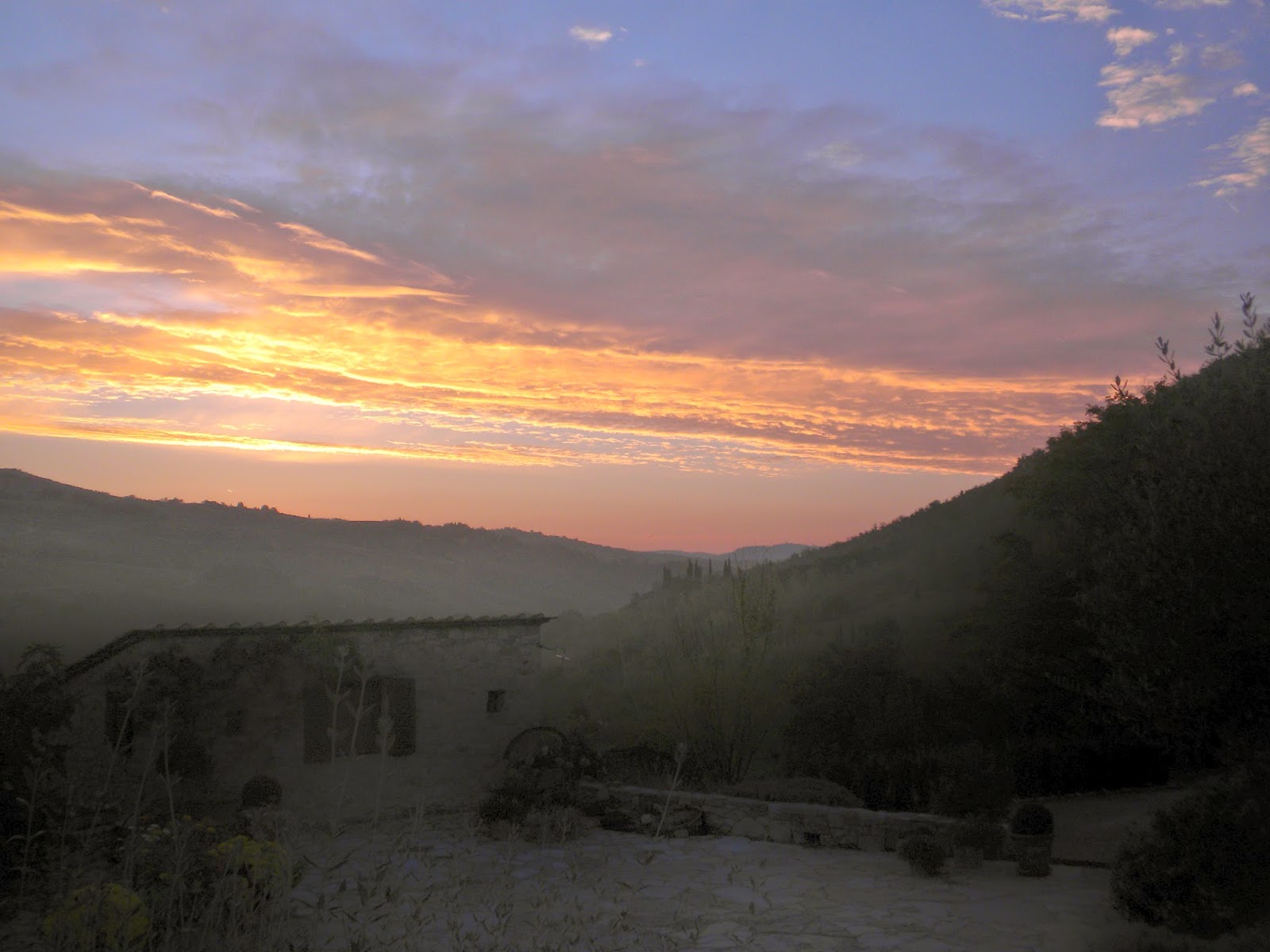Revealing the past
 |
| The 'Roman Road' when we first discovered it in 2005 |
Our first explorations at Le Ripe over 10 years ago were motivated by curiosity and caution. Our curiosity requires little explanation: we were about to acquire 30 hectares of wooded land; it is obvious we wanted to investigate. Our caution was owing to experience. So many times, on our quest for a home in Tuscany, were beautiful ruins revealed to be duds: one house situated beneath perilous-looking, overhanging cliffs; another not far from a pylon; wandering around yet another revealed giant pipes and steam vents connected to the boric acid and geothermal energy stations near Larderello; a short walk from another beautiful house opened onto the freeway and its collection of factories in the valley below: you name it, we found it.
 |
| the top section of the 'Roman Road', in 2005 |
















































